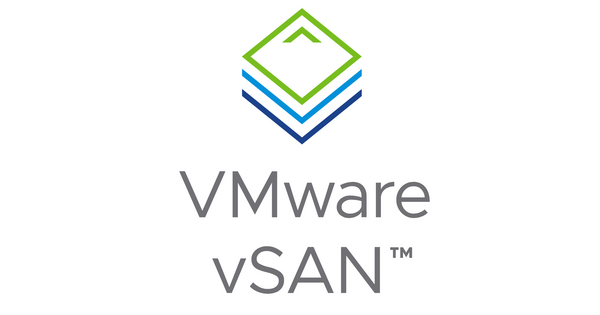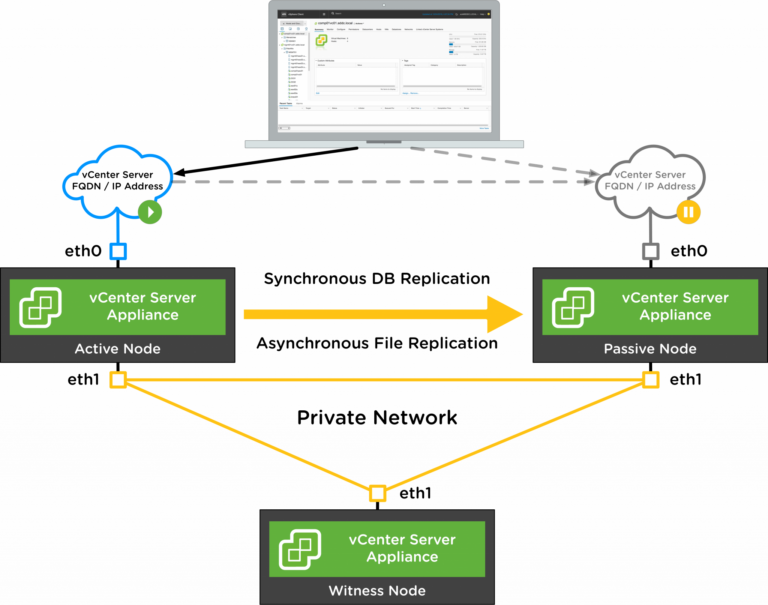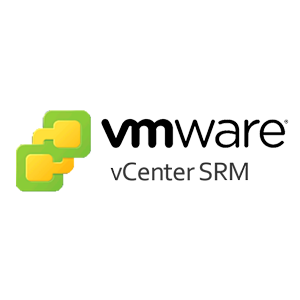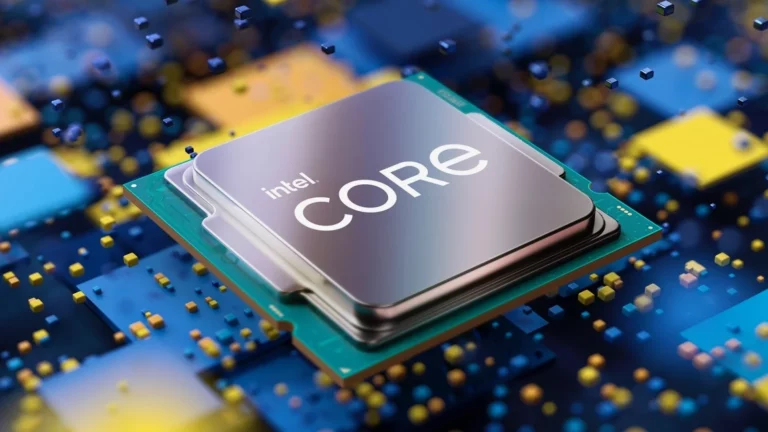vSAN OSA

Last blogpost was on vSAN ESA, so it makes good sense to now look at OSA. OSA stands for Original Storage Architecture. This design provides a two-tier architecture with caching and capacity tiers. It is the original architecture, and it…

Last blogpost was on vSAN ESA, so it makes good sense to now look at OSA. OSA stands for Original Storage Architecture. This design provides a two-tier architecture with caching and capacity tiers. It is the original architecture, and it…

In VMware vSAN 8, we are introduced to the option of two different storage architectures. OSA – Original Storage Architecture ESA – Express Storage Architecture What is ESA vSAN Express Storage Architecture (ESA) uses a file system called Log-Structured File…

Working in an environment where we expand our Infrastructure platforms and change priorities there is a constant flow of requests from users and businesses to provide specialized Virtualization Environments. Having a standard for how an environment is designed is a…

Scenario: Suppose a company called XYZ Corporation heavily relies on virtualization technology for its IT infrastructure. They have many virtual machines running critical applications, and a vCenter Server manages these virtual machines. XYZ Corporation has decided to implement vCenter HA…

The principle of least privilege (PoLP) is a security concept and best practice in systems administration. It is based on the idea that a user or process should be given only the minimum privileges necessary to perform their specific tasks…

VMware SRM is integral to an organization’s overall enterprise architecture, specifically within the Business Continuity and Disaster Recovery domain. It enables the implementation of a comprehensive disaster recovery strategy for virtualized environments, ensuring the availability and recoverability of critical business…

Previously, we looked at VMware vSphere performance metrics. NUMA Scheduling and CPU Ready For the article about CPU Ready I got a comment and a reference to a VMware White Paper on CPU Scheduler. Page 10 in that document addresses…

E1000E, VMXNET3, and SR-IOV passthrough—are different network interfaces available in VMware virtualization technology. Here’s a brief explanation of each: E1000E Advantages of E1000E: Disadvantages of E1000E: VMXNET3 Advantages of VMXNET3: Disadvantages of VMXNET3: SR-IOV Advantages of SR-IOV: Disadvantages of SR-IOV:…